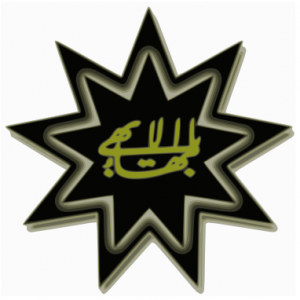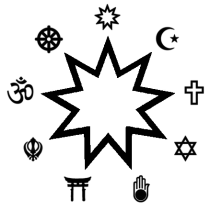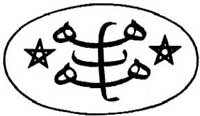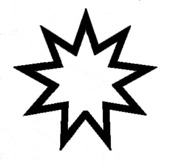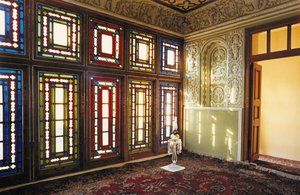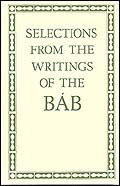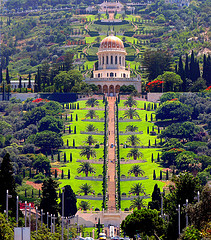March 2
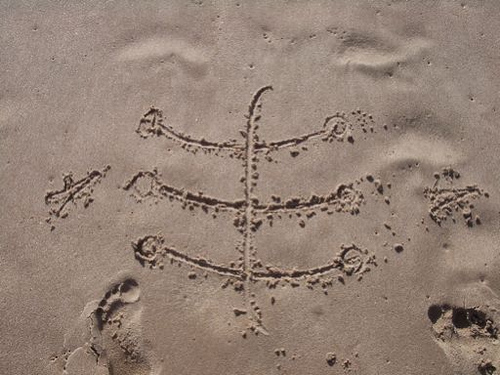
March 2 is the first day of the last month of the Baha’i calendar. The calendar consists of 19 months of 19 days each for a total of 361 days. Between the 18th and 19th months are 4 “intercalary days” from February 26 to March 1.
Each 19-day month begins with a “Feast.” It’s not the kind of feast we think of where folks pig out on big fat chicken legs, guzzle wine, and someone plays the lute. The Baha’i “Feasts” are monthly meetings/services.
The Feast consists of three parts. The devotional part when sacred texts are read. The consultative part when the congregation conducts administrative affairs and discusses anything from upcoming events to the situation of the Baha’i Faith around the world. And the social part, when the host serves refreshments and members share their thoughts on the previous two portions in a more casual atmosphere.
There are no clergy. A chairman conducts the meeting, but portions of the service are “led” by different members each month.
Today is the Feast of Ala (Loftiness). It’s a special “Feast” because it actually marks the beginning of the annual 19-day Fast of Ala. Born in the same tradition as the Jewish High Holy Days and the Christian Lent, the fast of Ala is more similar to the Muslim Ramadan in the sense that Bahais can eat at night, but must refrain from eating from sunrise to sunset.
At the end of Ala, Bahais usher in the New Year (Naw Ruz) which coincides with the Spring Equinox on March 21.
Baha’i at a Glance
The Bahá’í Faith has no official “home country”. The largest populations are in India (2 million), Iran (350,000), and the United States (150,000). [Other polls count 750,000 in the US, 500,000 in Iran, 350,000 in Vietnam, and 300,000 in Kenya.]
Shoghi Effendi, the head of the Baha’i Faith from the 1920’s to the 1950’s, summarized the essential elements of the religion as:
- the independent search after truth, unfettered by superstition or tradition
- the oneness of the entire human race…
- the basic unity of all religions
- the condemnation of all forms of prejudice, whether religious, racial, class or national
- the harmony which must exist between religion and science
- the equality of men and women…
- the introduction of universal compulsory education
- the adoption of a universal auxiliary language
- the abolition of extremes of wealth and poverty
- the institution of a world tribunal for the adjudication of disputes between nations
- the exaltation of work, performed in the spirit of service, to the rank of worship
- the glorification of justice as the ruling principle in human society and ofreligion as a bulwark for the protection of all people and nations
- and the establishment of a permanent and universal peace as the supreme goal of all mankind…”
Lofty, yes. But the Bahá’í Faith is currently the fastest growing major religion. It counts among its prophets Abraham, Buddha, Jesus, Muhammad and Krishna, as well as Bahá’u’lláh.


